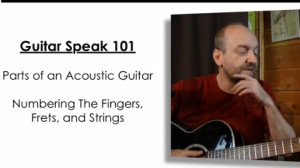
Parts of the 6 String Acoustic Guitar
Numbering the Fingers, Frets and Strings
Guitar Essentials - Parts of the Guitar
Lesson Info
Lesson Length: 5:37
Instructor: George Goodman
Names of the parts of a 6 string acoustic guitar as well as the naming / numbering conventions used for the fingers, frets, and strings are covered in this introductory lesson
Gear Used
Takamine EG541SC
I am playing my black tak in this one.
This is a Takamine G Series EG541SC bought in North Carolina when I was playing in a band called Double Take.
Specs:
Top - Solid Spruce
Back - Nato
Sides - Nato
Finger Board - Rosewood
Electronics - TK40
Finish - Gloss Black
Check out more Takamine G Series Guitars
Introduction
Guitar Parts
Let’s get started by learning the parts of a typical steel string acoustic guitar as shown below.
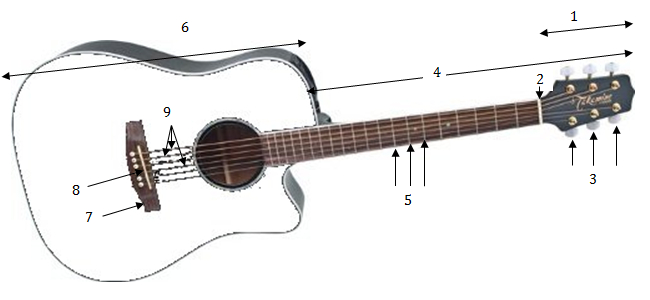
1) Head – located at the end of the instrument and is outfitted with machine heads where the strings attach.
2) Nut – strip of hard material where the neck meets the head. The nut has grooves in it to guide each of the strings laterally along the length of the guitar.
3) Machine Heads or Tuning Keys – located in the head of the guitar are used to tune the guitar by changing the tension in the strings. Increasing the tension raises the pitch while decreasing the tension lowers the pitch.
4) Neck – consists of the guitar’s fretboard and frets, head and machine heads. In order for a guitar to stay in tune and produce constant pitches, the neck needs to withstand the tension of the strings without bending. This is one of the main features that separate a good guitar from a cheap guitar.
5) Fretboard or Fingerboard – lies along the flat of the neck and is divided into sections by small metal strips called frets. Pinching a string against the fretboard effectively raises the pitch of a note by shortening the vibrating length of the string. The longer the vibrating length of a string, the lower the pitch. The shorter the length, the higher the pitch.
6) Frets – are raised metal strips that are inserted perpendicularly along the fretboard to divide the neck into segments. Each fret represents a semi-tone in the standard 12 tone western system.
7) Body – The body of a guitar includes the main body cavity, the sound board, sound hole and internal bracing. In acoustic guitars, the body is a main determinant in overall sound quality. Sound vibrations are transferred to the body through the bridge and saddle via the sound board which is the top of the guitar containing the sound whole and on which the bridge and saddle are mounted. The main factors that determine sound quality are the material used to create the sound board and the shape and size of the resonant cavity of the body. The majority of the guitar’s sound is heard through the vibration of the sound board as the energy of the vibrating strings is transferred to it.
8) Bridge – The bridge serves two main functions. It holds the strings in place on the body by way of the saddle and bridge pins as well as transferring the vibration from the strings to the soundboard
9) Strings – The standard acoustic guitar has 6 strings which are typically made from steel or alloy while classical guitars usually use both nylon and metal. The 6 strings have varying thicknesses with the thickest string used for the lowest-pitched notes and the thinnest for the highest pitched notes. Sets of guitar strings come in different gauges which determines the thicknesses of each of the strings. String may come in extra-light through to heavy guage. The lighter guage strings are easier to play and bend but will break more often while the heavier guage strings will be harder to play but will provide a bigger sound.
Naming the Fingers, Frets and Strings
In my videos, I often refer to a particular fret, string or finger by number. With that in mind, let’s take a look at the numbering system for fingers, frets and strings.
Numbering …
…The Fingers – The index finger is 1, middle finger is 2, ring finger is 3 and the pinkie is 4.
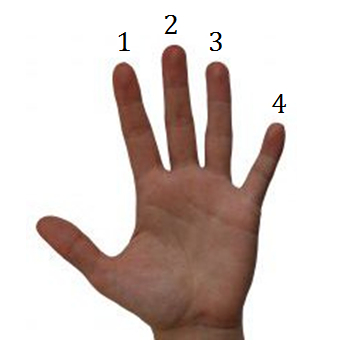
…The Frets
A fret is often referred to as both the metal strip on the fretboard as well as the flat space on the neck before the metal strip. The 1st fret area can be considered as the space of the neck directly after the nut up to the first fret. The 2nd fret area consists of the area of the neck after the first fret up to the 2nd fret and so on.
…The Strings
The thinnest string with the highest pitch is the first string and moving up would be the 2nd, 3rd, 4th, 5th and finally the 6th string which is the thickest string and is tuned to the lowest pitch.
Standard tuning matches the strings to the following pitches:
1st string = E
2nd string = B
3rd string = G
4th string = D
5th string = A
6th string = E
We’ll get into tuning the guitar shortly.
5 Pack Case of Hohner Special 20s
What do I like about the Special 20s?
Great Sound, Smooth Comb, Responsive to Bending - but not loose, Affordable. I play Special 20s more than any other model.
Martin Acoustic Guitar Strings
If it's been a while since you've changed your strings, you won't believe the difference in the sound. These are some excellent Martin strings. Need I say more? Totally affordable.
Hohner Harmonica Holder
The Hohner Harmonica Neck Holder fits harmonicas up to 7-1/2" long, has a nickel plated finish and fits any neck shape.
I have used a similar holder for over 25 years. This no-nonsense holder will work for you.

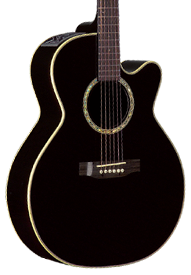

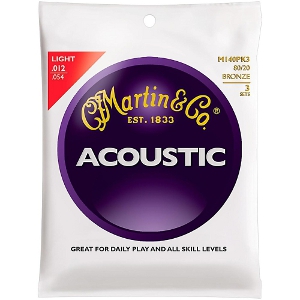
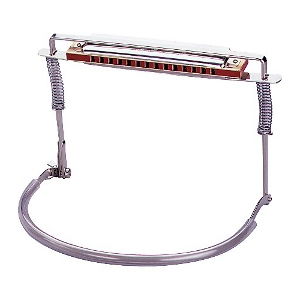
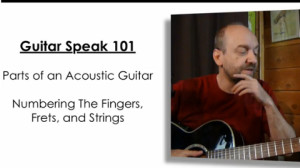

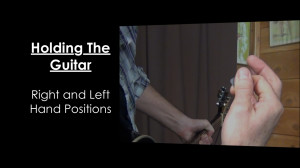
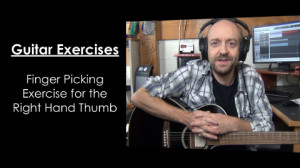



Leave a Reply